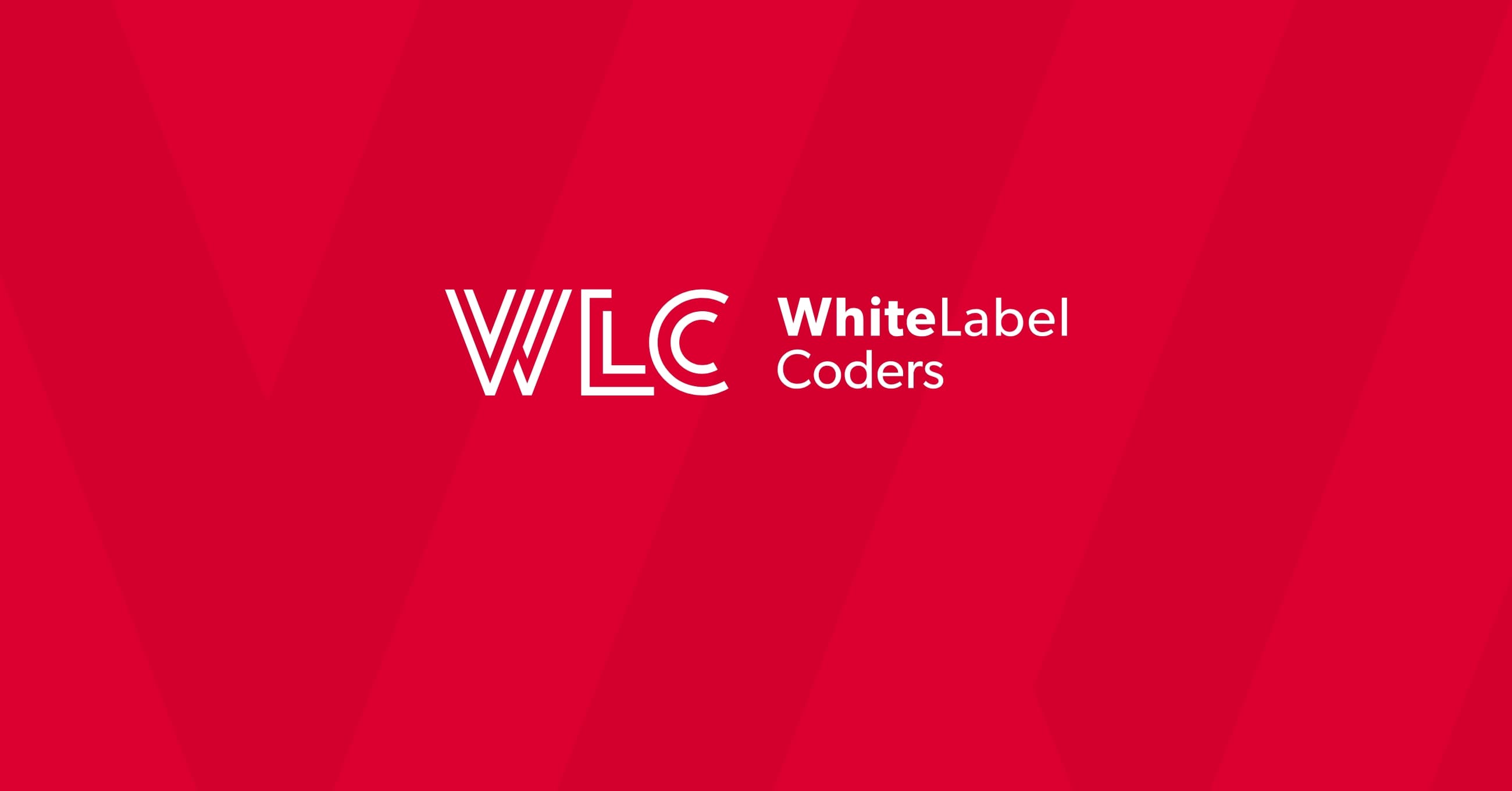Category: WooCommerce
Can WooCommerce handle 1 million products?

Yes, WooCommerce can technically handle 1 million products, but requires significant optimization and enterprise-level infrastructure to do so effectively. While the platform has no hard-coded product limits, performance challenges emerge when catalogs exceed 100,000 items. Successfully managing a million-product WooCommerce store demands robust hosting architecture, advanced caching strategies, database optimization, and potentially hybrid approaches that distribute product data across multiple systems. With proper investment in infrastructure and optimization, WooCommerce can scale to enterprise levels.
Understanding WooCommerce’s capacity for large product catalogs
WooCommerce has established itself as the most popular e-commerce solution for WordPress sites, powering millions of online stores worldwide. As a versatile and extensible platform, it’s designed to accommodate businesses of various sizes – from small boutiques to large enterprises with extensive product catalogs.
The question of capacity becomes particularly relevant as businesses grow. Many store owners eventually face the challenge of scaling their product offerings while maintaining smooth site performance. Understanding WooCommerce’s architecture is crucial to determining its true capacity for handling large catalogs.
At its core, WooCommerce relies on WordPress’s database structure, storing product data across multiple database tables. This foundation provides flexibility but also presents inherent challenges when pushing the platform to its limits. Store owners considering WooCommerce development for large-scale operations need to evaluate both the platform’s capabilities and the supporting infrastructure required to handle millions of products.
| WooCommerce Store Size | Product Range | Complexity Level | Infrastructure Requirements |
|---|---|---|---|
| Small | Up to 1,000 products | Low | Standard hosting sufficient |
| Medium | 1,000-10,000 products | Moderate | Managed WordPress hosting recommended |
| Large | 10,000-100,000 products | High | Dedicated servers with optimization required |
| Enterprise | 100,000+ products | Very High | Custom infrastructure with load balancing necessary |
Can WooCommerce technically handle 1 million products?
From a purely technical standpoint, WooCommerce has no hard-coded limit on the number of products it can manage. The platform’s database architecture theoretically allows for unlimited products. However, there’s a significant difference between what’s technically possible and what’s practically feasible.
The main constraints arise from how WooCommerce stores and retrieves product data. Each product in WooCommerce is a custom post type in WordPress, with metadata stored across several database tables. When your store reaches hundreds of thousands of products, these database interactions become increasingly complex and resource-intensive.
The database architecture becomes the primary bottleneck, particularly when handling product variations, attributes, and relationship data between products. A million-product catalog would create massive database tables that require specialized management strategies to maintain acceptable performance.
Despite these challenges, with proper infrastructure and optimization, WooCommerce can indeed handle 1 million products. However, it requires moving beyond standard implementations into custom-engineered solutions designed specifically for enterprise-scale operations. This is where experienced WooCommerce development specialists become essential partners in scaling your e-commerce platform.
What are the performance challenges with large WooCommerce stores?
Large WooCommerce stores face several significant performance challenges that become increasingly pronounced as the product catalog grows. These challenges can dramatically impact user experience, conversion rates, and even search engine rankings if not properly addressed.
The most immediate issue is page load speed. As product catalogs expand, queries to the database become more complex and time-consuming. Product listing pages, search results, and filtering operations that work seamlessly with a few thousand products can grind to a halt when dealing with hundreds of thousands of items.
Database performance challenges include:
- Slow query execution for product filtering and searching
- Increased server load during catalog updates and price changes
- Memory limitations when processing large product datasets
- Sluggish administrative dashboard operations
- Backup and maintenance operations taking excessive time
Another crucial challenge is inventory management. WooCommerce’s stock management system works well for standard stores but can become a bottleneck when handling real-time inventory updates across a million products, especially during high-traffic sales events.
The WordPress admin dashboard itself becomes increasingly difficult to navigate and use efficiently as the product count rises. Simple tasks like product updates can become frustratingly slow, impacting your team’s productivity and ability to manage the store effectively.
How can you optimize WooCommerce for massive product catalogs?
Optimizing WooCommerce to handle massive product catalogs requires a multi-faceted approach that addresses database efficiency, server resources, and front-end performance. With the right strategies, you can significantly improve how your store handles large product volumes.
Start with database optimization as it forms the foundation of any high-performance WooCommerce store. This includes implementing proper indexing strategies, regularly cleaning up post revisions and transients, and potentially restructuring how product data is stored. Custom database queries can replace some of WooCommerce’s more inefficient operations when dealing with large datasets.
Essential optimization strategies include:
- Implementing robust caching solutions at multiple levels (object cache, page cache, CDN)
- Using elastic search for product search functionality instead of default WordPress search
- Optimizing product images and implementing lazy loading
- Employing AJAX loading for product catalogs to reduce initial page load times
- Creating custom endpoints for product filtering and search operations
- Limiting the use of resource-intensive plugins that affect catalog performance
Consider restructuring your product catalog architecture. Rather than having all products in a flat structure, implementing category-based separation or creating multiple stores for different product segments can improve manageability and performance.
Professional WooCommerce development services can implement these optimizations while maintaining the functionality and user experience your customers expect. The investment in proper optimization pays dividends through improved conversion rates and sustainable growth capability.
What hosting requirements are needed for 1 million WooCommerce products?
A WooCommerce store with 1 million products demands enterprise-grade hosting infrastructure that goes far beyond typical shared or even standard dedicated hosting solutions. The hosting environment becomes a critical foundation for ensuring your massive catalog remains accessible and performant.
At minimum, you’ll need a high-performance dedicated server environment with significant resources allocated to PHP processing and MySQL database operations. Single-server solutions are typically insufficient; instead, a distributed architecture is recommended with separate servers handling different components of the application stack.
| Server Component | Recommended Specifications | Purpose |
|---|---|---|
| Web Servers | Multiple high-CPU instances with load balancing | Handle HTTP requests and PHP processing |
| Database Servers | High-memory dedicated instances with SSD storage | Manage product data and transactions |
| Caching Layer | Redis or Memcached with sufficient RAM allocation | Reduce database load and improve response times |
| Search Services | Elasticsearch cluster | Enable fast, scalable product search functionality |
| CDN | Global content delivery network | Distribute static assets and reduce server load |
Database configuration is particularly crucial. Consider implementing a primary-replica architecture to separate read and write operations, allowing for better distribution of database load. For truly massive catalogs, database sharding may be necessary to horizontally partition your product data.
Modern cloud-based infrastructures from providers like AWS, Google Cloud, or Azure offer the scalability needed for such implementations, with the ability to adjust resources during peak traffic periods. Working with hosting specialists who understand both WordPress/WooCommerce and enterprise-level infrastructure is essential for success.
Are there alternative approaches to managing massive product catalogs?
When confronting the challenges of million-product catalogs, considering alternative architectural approaches can provide more sustainable and performant solutions than simply pushing WooCommerce to its limits. Hybrid and specialized solutions offer practical alternatives to the standard WooCommerce implementation.
One effective approach is implementing a headless commerce architecture. This separates the front-end presentation layer from the back-end product management system. WooCommerce can handle the transaction and business logic, while product discovery, search, and catalog browsing are handled by specialized systems designed for massive catalogs.
Practical alternative approaches include:
- Creating a product catalog microservice that manages product data outside of WordPress
- Utilizing specialized product information management (PIM) systems that synchronize with WooCommerce
- Implementing catalog segmentation with multiple interconnected WooCommerce installations
- Using a search-driven approach where Elasticsearch becomes the primary product database
- Leveraging WooCommerce API endpoints with a custom front-end application
Each of these approaches has distinct advantages for different types of businesses. For example, catalog segmentation works well for businesses with distinct product divisions, while a PIM-based approach suits businesses that sell across multiple platforms beyond just their WooCommerce store.
Consulting with experts in WooCommerce development helps identify which alternative approach aligns best with your specific business needs, technical capabilities, and long-term growth plans.
Key takeaways for scaling WooCommerce to enterprise levels
Successfully scaling WooCommerce to handle a million products requires thoughtful planning, substantial investment in infrastructure, and expert implementation. While challenging, it is achievable with the right approach and realistic expectations.
The technical architecture of your solution should be your primary consideration. Rather than viewing WooCommerce as a monolithic platform, consider it as a component within a larger, more specialized e-commerce ecosystem. This perspective allows for more flexible and scalable implementations that can truly handle enterprise-level product catalogs.
Remember these essential principles when scaling WooCommerce:
- Invest in proper infrastructure before scaling your catalog to avoid performance crises
- Consider progressive enhancement rather than attempting to launch with a million products immediately
- Focus on the user experience and ensure search and filtering remain fast regardless of catalog size
- Plan for ongoing optimization as part of your regular maintenance routine
- Build a team or partner with specialists who understand large-scale WooCommerce operations
The decision to use WooCommerce for massive catalogs should balance technical capabilities with business requirements. For many enterprises, the familiarity and ecosystem of WordPress/WooCommerce provide advantages that outweigh the challenges of scaling. With proper planning and implementation, WooCommerce can serve as a robust foundation for even the largest product catalogs.
For businesses considering this path, partnering with experienced WooCommerce specialists ensures your implementation is optimized from the ground up for performance at scale, setting your enterprise up for sustainable growth and success.

